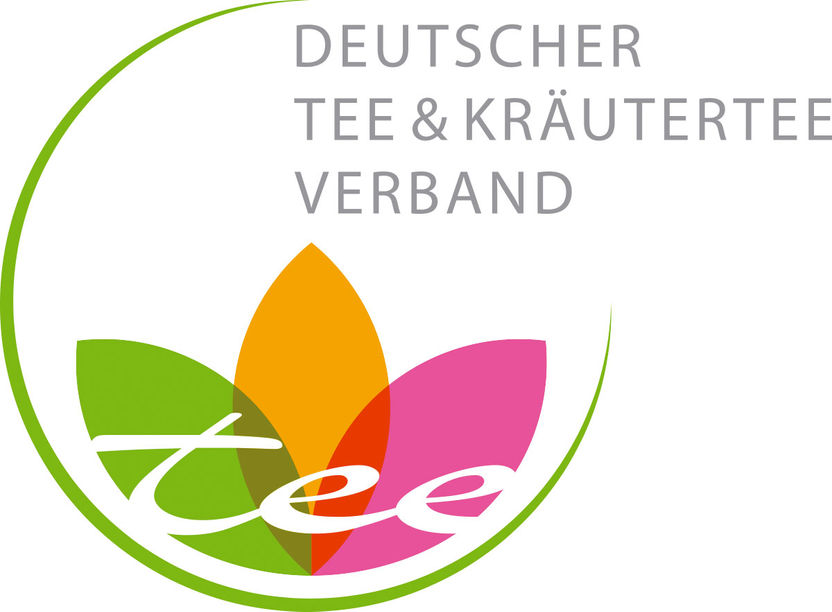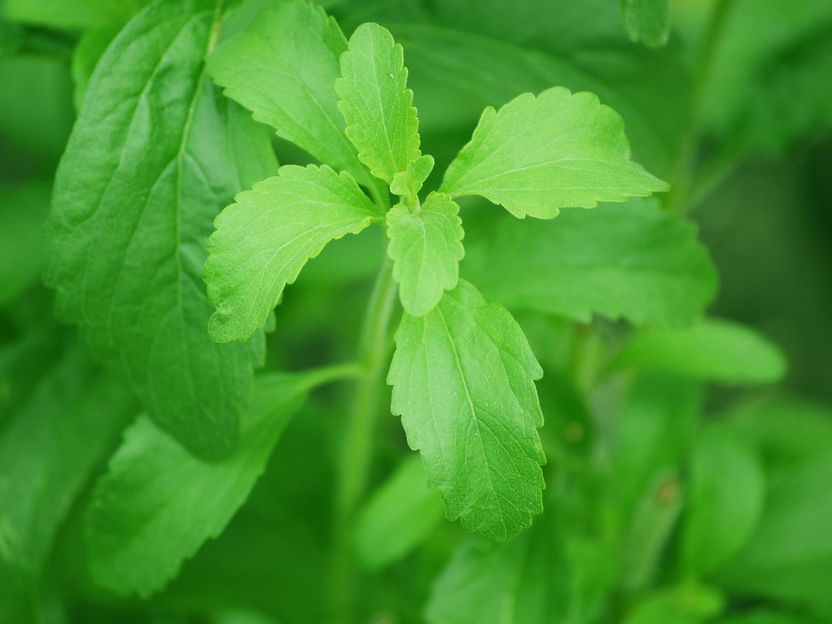Organosulfur content of vegetables quantified
Selective and sensitive measurement of reactive polysulfides in 22 different vegetables
The health-promoting effects of sulfur-rich vegetables such as onions and garlic have been known for a long time. How food containing sulfur compounds promotes health has not been easy to explore, as the levels—and types—of reactive polysulfides found in different vegetables had not been accurately measured.

Scientists quantified the reactive polysulfide content of 22 different types of vegetables. They revealed that reactive polysulfides are not only found in the leek genus (Allium), such as onions and garlic but also in the cruciferous family of vegetables (Brassicaceae), such as broccoli and cabbage.
Osaka Metropolitan University
A research team, led by Assistant Professor Shingo Kasamatsu from the Osaka Metropolitan University Graduate School of Science, has established a method for selective and sensitive detection of reactive polysulfides—which can act as potent antioxidants. By using mass spectrometry with a stable-isotope dilution method, the team successfully quantified the total reactive polysulfide content of 22 vegetables, including onions and garlic. Their findings were published in Food Chemistry.
The team also measured the polysulfide content in vegetables to analyze the overall characteristics of the reactive polysulfide. As a result, they were the first to reveal that high levels of reactive polysulfides could be found, not only in vegetables of the leek genus (Allium), such as onions and garlic but also in cruciferous vegetables (Brassicaceae), such as broccoli and cabbage.
“The results of this study will provide a basis for research on reactive polysulfides in food, whose detailed properties and endogeous production mechanisms have not yet been clarified. This will significantly contribute to the development of the research field,” stated Dr. Kasamatsu. “In the future, we expect that this research will be helpful for developing foods and supplements rich in reactive polysulfide that exhibit superior antioxidant activity.”
Original publication
Other news from the department science

Get the food & beverage industry in your inbox
By submitting this form you agree that LUMITOS AG will send you the newsletter(s) selected above by email. Your data will not be passed on to third parties. Your data will be stored and processed in accordance with our data protection regulations. LUMITOS may contact you by email for the purpose of advertising or market and opinion surveys. You can revoke your consent at any time without giving reasons to LUMITOS AG, Ernst-Augustin-Str. 2, 12489 Berlin, Germany or by e-mail at revoke@lumitos.com with effect for the future. In addition, each email contains a link to unsubscribe from the corresponding newsletter.
Most read news
More news from our other portals
Last viewed contents

Deutscher Tee & Kräutertee Verband e.V - Hamburg, Germany

Antibiotic-resistant bacteria found in cattle - Harmful bacteria are hiding in livestock; traditional methods aren't finding them

Umwelt- und Ingenieurtechnik GmbH Dresden - Dresden, Germany

Virtual showrooms: Customer dialogue rethought

The winners of the first "Future Protein Award" - An insect bar, Proteins made from CO2 and Hemp protein – a guide to the future for modern consumers

Ingredion Completes Acquisition of PureCircle - Company anticipates substantial additional stevia sales to build and accelerate global specialties growth

Watson-Marlow Fluid Technology Solutions - Falmouth, United Kingdom

That essential morning coffee may be a placebo - Scientists find that the boost you get from a morning coffee can’t be replicated with plain caffein

GEMÜ Gebr. Müller Apparatebau GmbH & Co. KG - Ingelfingen, Germany

Katjes International continues to buy in Italy

Foreign food must not simply look like original




























































